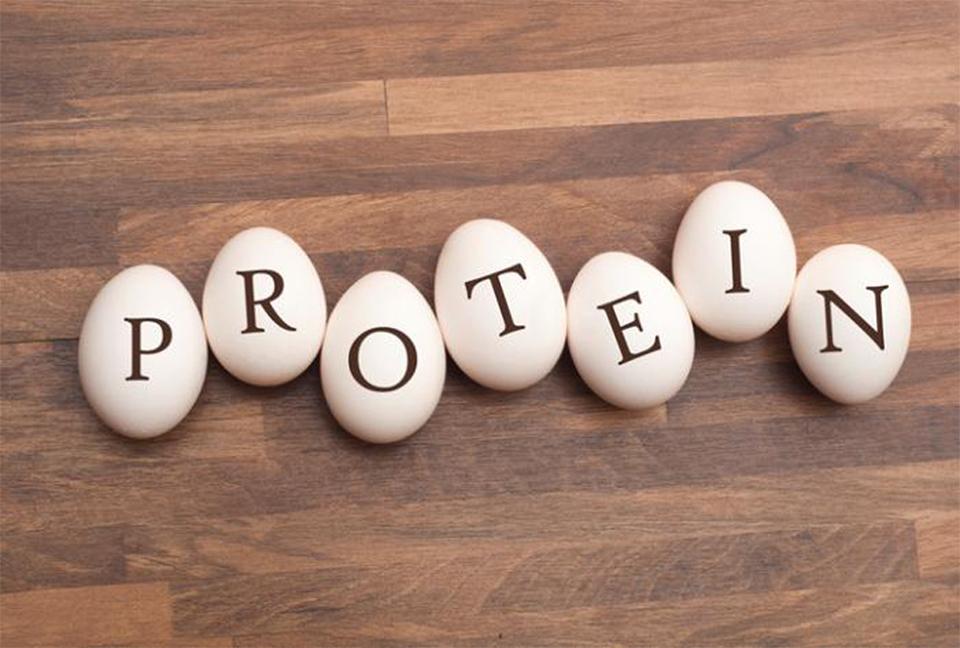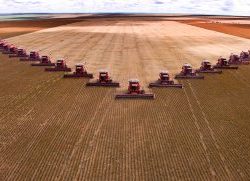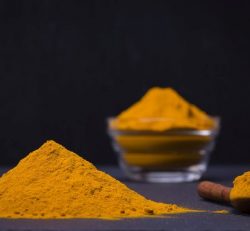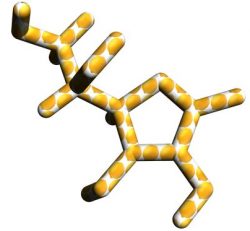REDUCING COMPETITION FOR HIGH QUALITY PROTEIN INGREDIENTS BETWEEN HUMANS AND LIVESTOCK
The Pig Site speaks to Kayla Silva, researcher within the Department of Animal Biosciences at the University of Guelph, Ontario, about her current research regarding swine nutrition.
Tell us a bit about yourself…
| My name is Kayla Silva, I finished my undergraduate degree at the University of Guelph in Animal Science and Agriculture in 2016, and started a Master’s by thesis degree still with the University of Guelph under Dr Kees de Lange (deceased), and currently under Dr Lee-Anne Huber. I work at the Department of Animal Biosciences doing my research in swine nutrition. |  |
Briefly, what is the primary focus of your research and why is this important to the pig industry?
The primary focus of my research in swine nutrition is the use of low crude protein diets to lessen the competition between humans and livestock animals for high quality protein ingredients such as corn and soybean meal. When formulating a low crude protein diet, crystalline amino acids are used and if you formulate a diet that matches the pig’s requirements, the pig will use this for protein deposition, and little will be wasted or, in essence, excreted into the environment which therefore contributes to pollution.
Since a lot of work has been done on essential amino acids, I am trying to focus on non-essential amino acids and their importance for, not only protein deposition, but in sustaining underlying metabolic processes. For example, glycine is a non-essential amino acid which is a major constituent in extracellular structural proteins such as collagen, therefore, if not enough glycine is endogenously produced, collagen structure will be compromised.
What are essential and non-essential amino acids, and what are their functions in pig health and productivity?
We can start off by defining amino acids, which are the building blocks of protein. Essential amino acids are just how they sound, the amino acids that are needed by an animal from the diet, since it is not be made by the body.
On the other hand, non-essential amino acids can be synthesised by the body, meaning that it does not need to be present in the diet. It is important to closely match the essential amino acid requirements set by the National Research Council (NRC, 2012) so the pig can reach optimal performance and the farmer can receive optimum value for the pigs they produce.
What are the current specifications for inclusion of essential and non-essential amino acids in pig diets?
Specifications for the inclusion of essential amino acids have been well defined over years of research, collectively put into a book called the NRC nutrient requirements for swine. This book allows you to search based on weight categories and gender, and tailor diets specifically to meet their requirements. However, since it has been assumed that non-essential amino acids are sufficiently produced within the body, there are no specific requirements for them. There has been work done by researchers determining the amino acid composition of whole pigs, and this does include non-essential amino acids, but since this is still a new concept, more research has to be done on this topic.
What important conclusions have you reached so far?
For my research, I have included non-essential amino acids to a low crude protein diet, and found no significance in growth parameters such as average daily gain and average daily feed intake, however I collected skin samples and analysed collagen and found that the diets with the highest inclusion of Glycine resulted in the highest area occupied by collagen, meaning a better collagen structure, so even though growth performance parameters are not affected, there could be underlying metabolic processes that could be. It should be mentioned that pigs did not reach maximal growth since they were restricted fed, so my next trial coming up will be similar, however the pigs will get a chance to reach maximal growth.
How has your research shaped your ideas for the subsequent experiments yet come?
Since I am doing work on non-essential amino acids, I hope to see research that experiments with each non-essential amino acid and their impact on underlying metabolic processes, whether it be regulation of cell signalling pathways, immune function, or even neurological functions. This research can possibly lead to requirements set for non-essential amino acids.
Thanks to Evonik Nutrition & Care GmbH, Ontario Pork, OMAFRA, and Innovation Porc.
The Pig Site
Source: www.thepigsite.com












